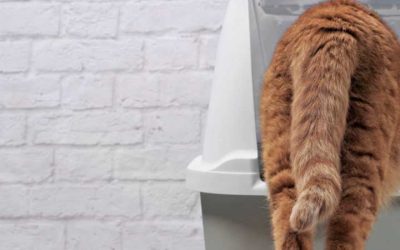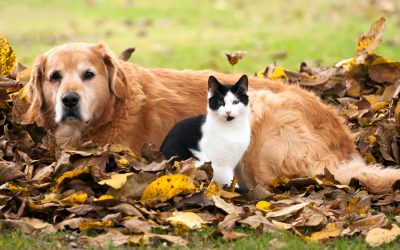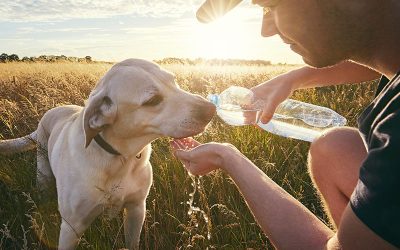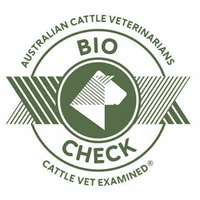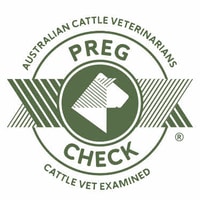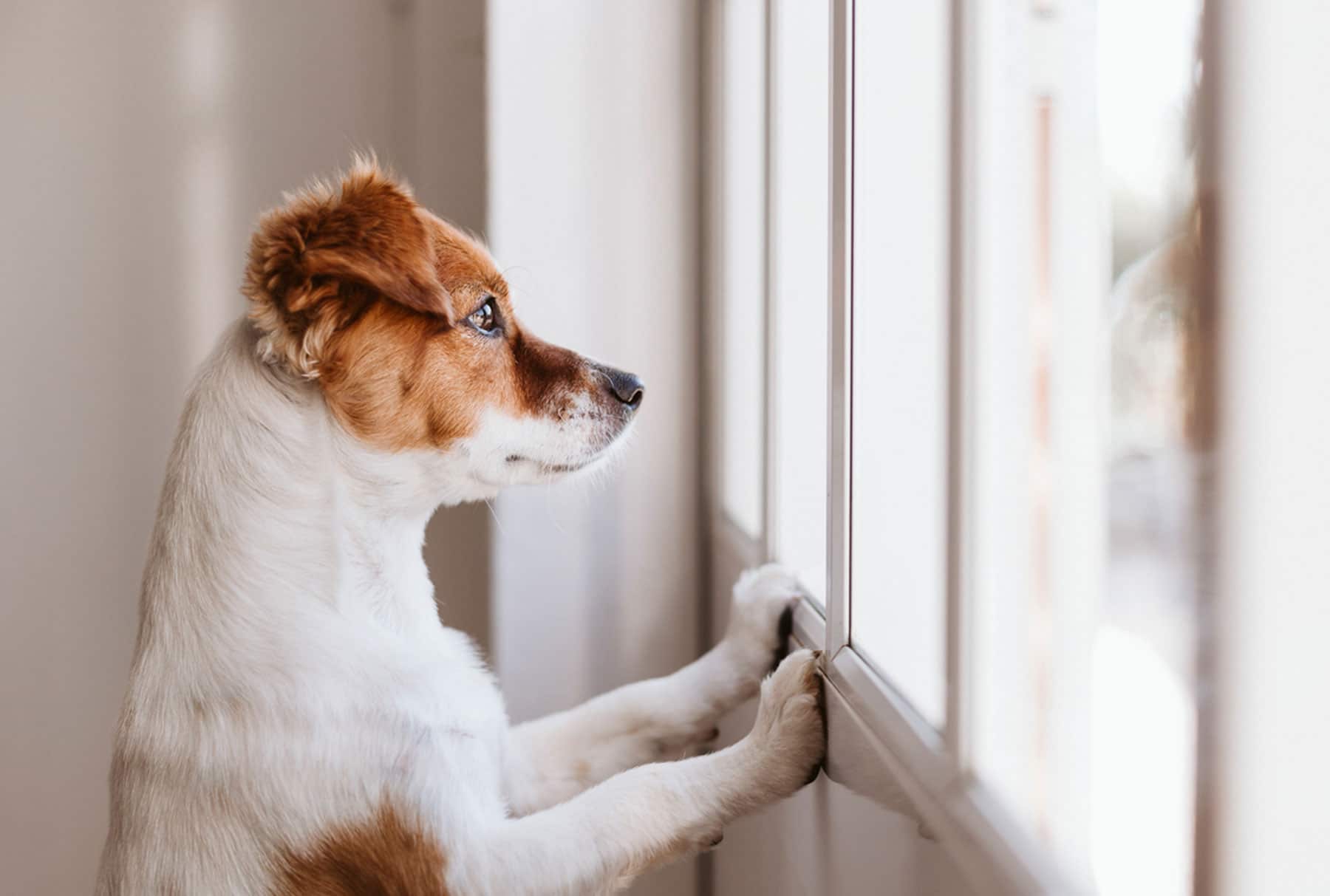
You’ve likely been spending lots of time at home during the pandemic, and no doubt your dog has enjoyed this quality time with you. If like many, you’ve welcomed a new furry family member into your home during this period, they’ll be very used to having you around most of the time. This poses a challenge for our pets when they start spending more time alone. Some dogs may take these new changes to their routine fine. But for other pets, it could bring about separation anxiety, which can be very distressing for dogs and owners alike.
Separation anxiety is one of the most common yet most underdiagnosed behavioural problems in dogs. The clinical signs of excessive barking, howling, destruction, self-mutilation, urination, and defecation can significantly affect both dogs and owners. Luckily, veterinarians understand separation anxiety, and there are treatment options available to manage this condition and improve the quality of life for your special furry family member.
Separation anxiety is distress experienced on separation from you as the owner(s). Anxiety is the “anticipation of future danger or misfortune” – Dr K Seksel. Dogs are social animals, and it is normal for a puppy to become attached to their litter and then subsequently to the human family that becomes their home. Some dogs do not adjust to being without their owners and develop separation distress. Some dogs may become destructive or vocalise if under-stimulated and not provided with the appropriate physical exercise and mental stimulation. However, signs of separation anxiety become apparent when they are linked to the owner’s departures or absence, when they cannot gain access to them and when they cannot adjust to their absences over time. These dogs are anxious and are not “acting out” or trying to spite their owners; they are having a difficult time and need help.
Pay attention to your dog’s behaviour before you leave the house. Some possible signs to look for are:
- Signs of distress, especially when your dog sees cues that you are leaving like picking up keys, putting on shoes or applying make-up
- Following you around unusually
- Pacing
- Try desperately to go with you
- Reacting to noises unusually
- House soiling
- Panting and drooling
- Freezing
- Barking
- Scratching
- Other signs of distress
Some possible signs of separation anxiety while you’re away from your dog include coming home to:
- Digging in the garden
- Destructive behaviours around the house
- Trying to escape
- Reports from neighbours of repetitive barking, whining or howling
- House soiling
If you notice any of these signs of separation anxiety, please speak to your veterinarian. Depending on the case, they may refer you to a veterinarian with further qualifications in behaviour or a veterinary behaviour specialist.
Come prepared for your Vet consult with a thorough understanding of your dog’s history, routine, and any changes to their routine that could be causing the anxiety.
Things your Vet may recommend to address your pet’s separation anxiety:
- The use of calming pheromones, like Adaptil diffusers, sprays or collars
- Encouraging independence through positive reinforcement exercises
- Creating a structured and predictable routine for your dog
- Make departures and arrivals low-key (calmly speaking to your dog, but not ignoring them completely)
- Offering your dog food puzzles, long-lasting chews, and feeding devices to give your dog something to enjoy while you’re away
- A focus on physical exercise and mental stimulation – a tired dog will be more likely to relax while when you’re gone
- Desensitisation and counterconditioning to cues that hint you are leaving the home
- Enriching their environment – leave the radio on to make the house feel less quiet and empty. Make sure they have access to their favourite bed and toys.
- Medication or supplements to address the underlying anxiety
It is essential that a puppy or dog can cope with being left alone. In our busy lives, it’s unrealistic to be with them 24/7, so separation anxiety needs to be addressed with your veterinarian. It may be a journey to help your distressed friend to find comfort on their own, but there are options available to help. If you suspect your pet may be suffering from separation anxiety, please give our team a call.
RELATED ARTICLES
Urinary Blockages in Cats
What is a urinary blockage? Urinary blockages in cats are often referred to as ‘blocked bladders’ and ‘urethral obstructions’. This is a common, potentially life-threatening condition, especially amongst neutered male adult cats and overweight cats. A urinary...
Arthitis Awareness
Ouch! Do you ever experience sore joints on a chilly morning?Like humans, our furry best friends can experience aches and pains caused by arthritis. These pains can become more intense over the cooler months - let us teach you a little about this common condition, so...
Hot Weather & Heatstroke
We all love spending quality time with our pets on a hot summer’s day. However, we need to stay vigilant in summer, as the warmer weather can expose our pets to several dangers. One of these dangers is heatstroke. Heatstroke, or hyperthermia, occurs when your pet’s...
Hot-spots
Hot-spots are a common problem amongst dogs, and some breeds like golden retrievers, labradors, and rottweilers may be more susceptible to these than others. What is a hot spot? A hot-spot can otherwise be known as a ‘moist skin rash,’ acute moist dermatitis, or...
RELATED
ARTICLES

Urinary Blockages in Cats
What is a urinary blockage? Urinary blockages in cats are often referred to as ‘blocked bladders’ and ‘urethral obstructions’. This is a common, potentially life-threatening condition, especially amongst neutered male adult cats and overweight cats. A urinary...
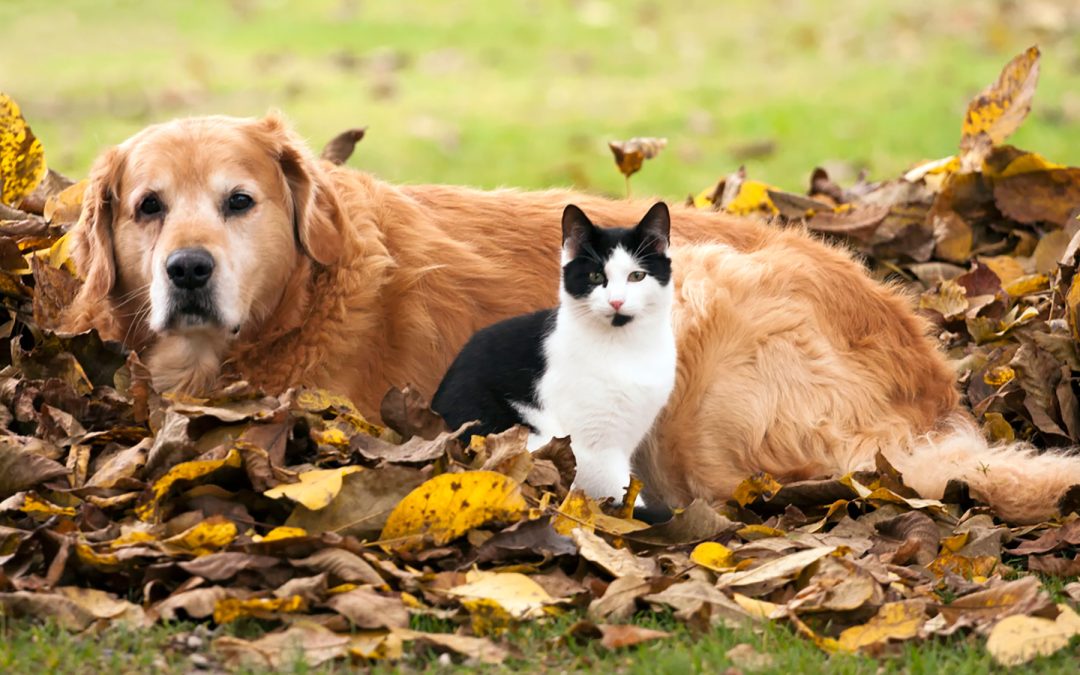
Arthitis Awareness
Ouch! Do you ever experience sore joints on a chilly morning?Like humans, our furry best friends can experience aches and pains caused by arthritis. These pains can become more intense over the cooler months - let us teach you a little about this common condition, so...

Hot Weather & Heatstroke
We all love spending quality time with our pets on a hot summer’s day. However, we need to stay vigilant in summer, as the warmer weather can expose our pets to several dangers. One of these dangers is heatstroke. Heatstroke, or hyperthermia, occurs when your pet’s...
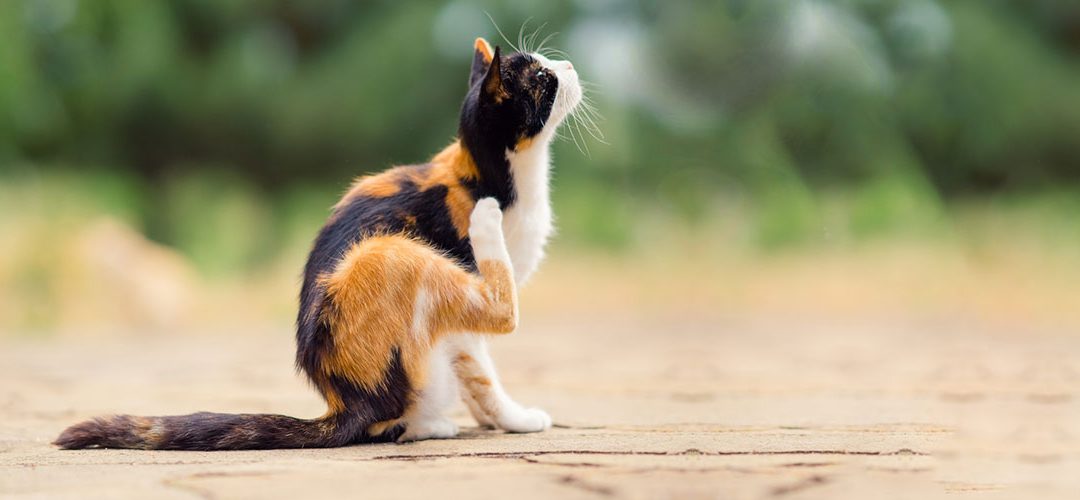
Hot-spots
Hot-spots are a common problem amongst dogs, and some breeds like golden retrievers, labradors, and rottweilers may be more susceptible to these than others. What is a hot spot? A hot-spot can otherwise be known as a ‘moist skin rash,’ acute moist dermatitis, or...
Call Us Today To Discuss Your Animal Needs
Business Hours Phone: 07 4693 2233




